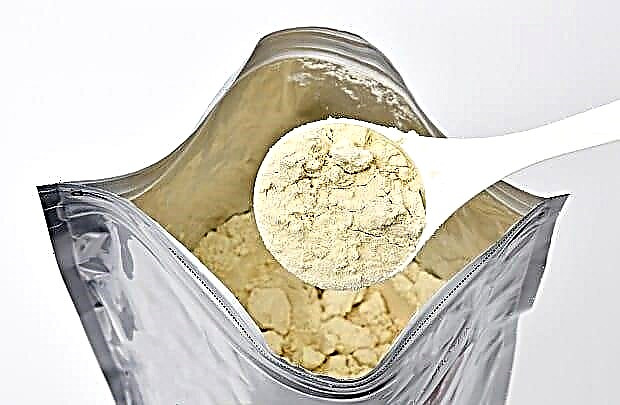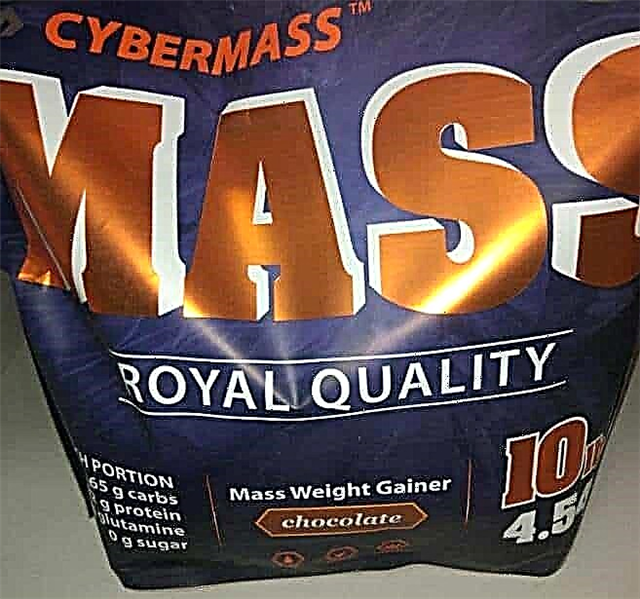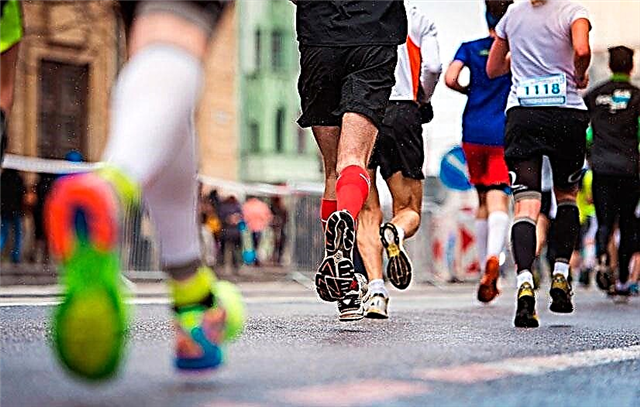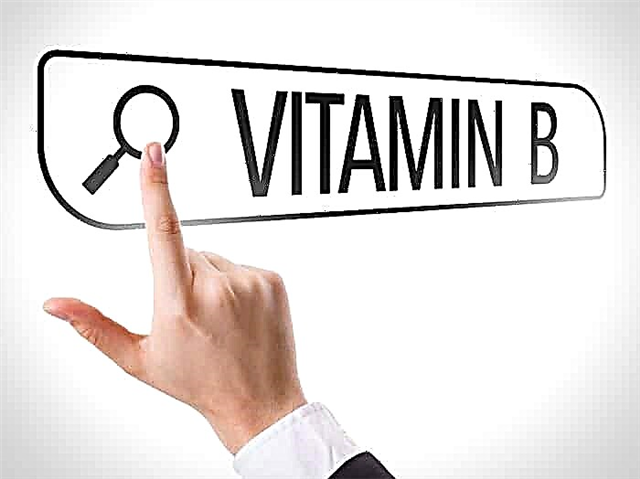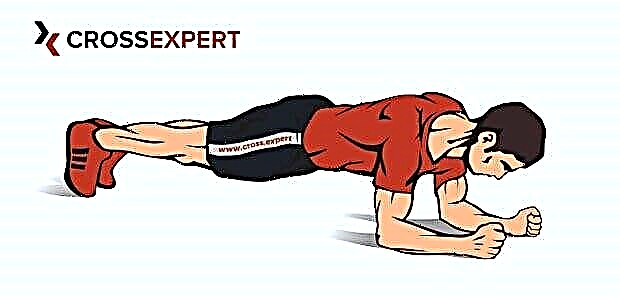Sports doctors and scientists are convinced that the ability of the human body to increase speed has finally reached its limit, and new records are possible only with the use of illegal drugs. But not everyone, however, agrees with this conclusion. Who is right? And what kind of running speed does a person need?

Factors affecting human speed performance
Running speed is an integral component in the training and competitive activity of an athlete-athlete. But even in everyday life, the opportunity to use your speed qualities is by no means superfluous.
A person's speed indicators depend on the following factors:
- level of preparedness;
- stride length;
- pace;
- distance.
Maximum performance is typical for sprint distances. At long and medium distances, they are much lower, and the main emphasis is on even distribution of the load. A calm, unhurried health run brings the maximum benefit to the body.
Human running speed
Average

The average speed for an adult is 16-24 km / h. But the difference in performance between someone who is just regularly exercising and a highly trained athlete will be different at different distances, for example:
- 36-39 km / h - 60-400 m;
- 18-23 km / h - 800-3000 m;
- 12-23 km / h - 5000-30000 m.
Thus, it is the result that must be achieved that dominates.
Maximum
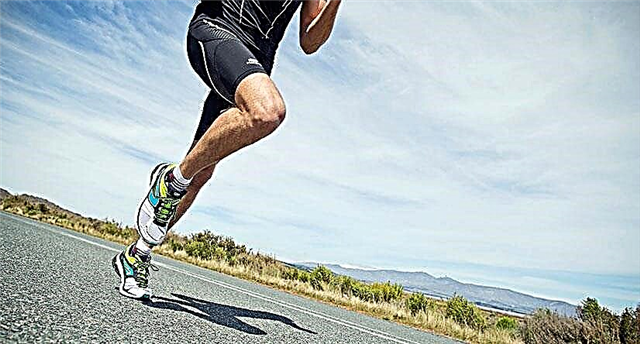
Maximum speed indicators - 36-44 km / h a person develops over a short distance. To achieve it, frequent contact of the foot with the support is necessary when the flight phase is shortened, the correct tilt of the trunk and coordination of movements.
There are factors that determine the biological limit of the maximum speed:
- force of impact of the foot on the surface;
- time of contact of the foot with the ground;
- the speed of contraction of muscle fibers;
- oxygen deficiency.
How quickly muscle fibers contract determines the rate at which the pushing force is applied to the treadmill.
Scientists suggest that with the maximum contraction of muscle fibers, a person will be able to reach 65 km / h. However, the achievement of such an indicator will entail an acute lack of oxygen and a very strong physical activity.
Record
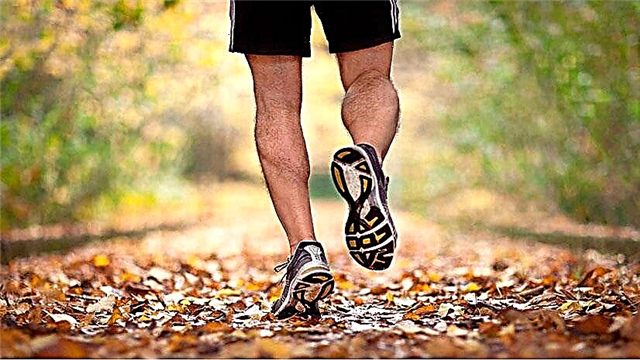
Since fixing the maximum speed in 1912 at the Stockholm Olympics (Donald Lippincot - 10.6 seconds), it has grown by only 1.02 seconds. The record at the moment belongs to the Jamaican sprinter Usain Bolt - 44.72 km / h.
This indicator was achieved in 2009 at the World Championships in Berlin in the 100 m race, which he covered in 9.58 s. Usain Bolt is also a record holder in the 200m - 19.19 sec. (2009) And at a distance of 400 m, the record holder is Weide van Niekerk - 43.03 sec. (2016)
Speed indicators at certain distances

In training, athletes usually show only 70% of their maximum speed capabilities. On average, the performance of a professional athlete is as follows:
- 30 km / h - 60-400 m;
- 20 km / h - 800-3000 m;
- 16 km / h - 5000-30000 m.
What speed does a sprinter develop?
Sprint running is the fastest and most difficult of all types of running. The human body is working at the limit of its capabilities and with a lack of oxygen. The sprinter must have excellent coordination of movements, high endurance and perfect running technique.
The first record was recorded in 1912, and the main milestones are as follows:
- 10.6 sec. - American sprinter Donald Lippincot at the 1912 Olympics in Stockholm;
- 9.95 sec. - American track and field athlete Jim Hines in 1968 at the Olympics in Mexico City ran 100 meters in less than 10 seconds;
- 9.58 sec. - the modern record for 100 meters was set in 2009 by an athlete from Jamaica Usein Bolt.
Speed indicators at medium and long distances
Running at medium distances - 800-3000 m - in contrast to the long, faster and shorter. In this form, the main thing is to choose the optimal speed, using various running techniques at each stage of the distance, while retaining strength for the finishing spurt.
On long distances - 5000-30000 m. And in a marathon, endurance is the main success factor. It is necessary to distribute the forces evenly over the distance, taking into account the reserve of forces for the finishing spurt.
The speed of movement of an experienced and a beginner runner will be different:
- 20 km / h - at medium distances;
- 16-17 km / h - for the trained athlete on long distances.
Recommended intensity of physical activity for jogging
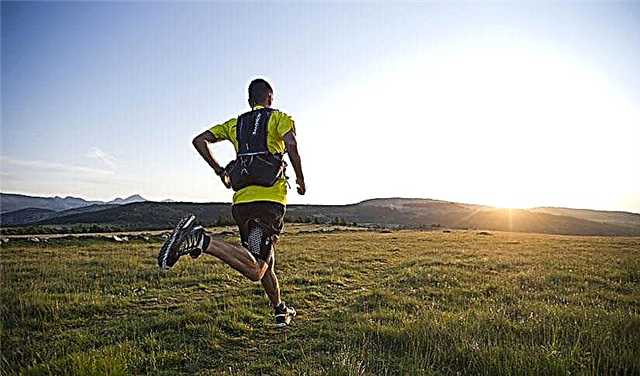
Health jogging is the simplest, most affordable and massive. The path to this type of physical activity should begin with a simple walk. If your physical condition allows, start jogging, which slightly exceeds active walking.
While moving, you can go to a step while restoring breathing. Speed is not important here, the main thing is that you feel inner comfort. Elastic running is more energy intensive. It is necessary to periodically record the pressure and heart rate using devices.
Thus, the optimal speed for jogging is:
- 6-9 km / h - when jogging;
- up to 12 km / h - with an elastic run.
Running is a pleasure and a very healthy habit that gives you a good mood and vitality. During movement, extra calories are burned, all muscles work, maintaining the body in good shape. A running person is interesting, he looks fit and is more attractive to the opposite sex.
In this way:
- in sprint running, the main thing is maximum speed, perfect technique and endurance;
- running at medium and long distances is demanding on physical fitness and speed endurance;
- in jogging, regularity is important. Start jogging, monitor your heart rate and blood pressure, and if the indicators are normal, go to an elastic run.
Whatever type of running you do, do not rush to set records right away. Check your health, physical stamina. And run to your health!

